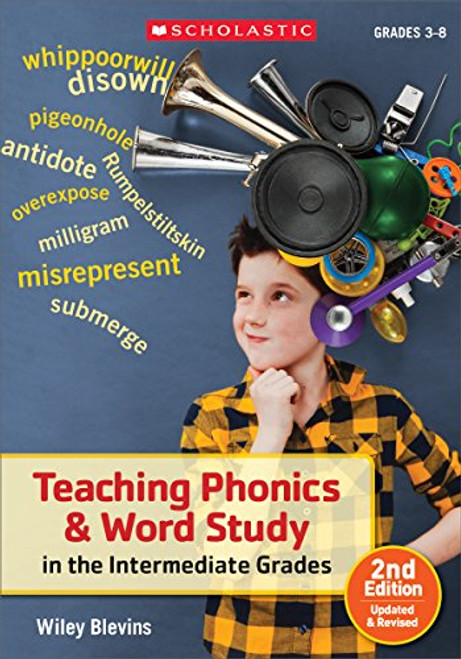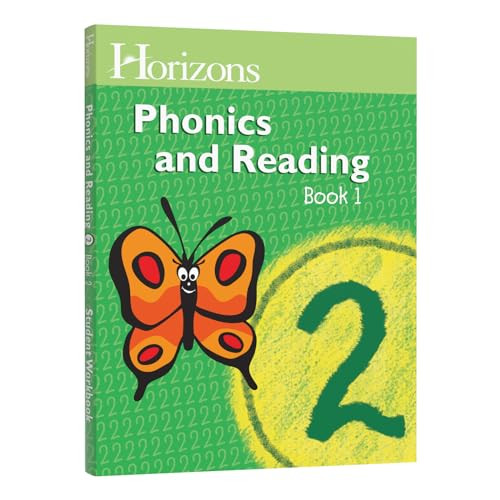The Chall-Popp Phonics program was created because more than 70 years of research has shown that children who learn phonics achieve better scores on tests of word identification, accuracy of oral reading, silent reading comprehension, and fluency than those who do not learn phonics.
The instructional design of Chall-Popp Phonics was guided by research on prerequisites to reading: phonemic awareness and visual discrimination, phonic generalizations and word patterns, syllabication, the study of affixes, and automaticity. Teachers are alerted to the prerequisite skills, outlined by Helen Popp, that may slow down the student's progress in acquiring reading skills. Those explicitly addressed in Level A (kindergarten) include instructional vocabulary; concepts about letters, words, sentences, and stories; the concept that print represents sound in a left to right, top to bottom sequence; and motor skills (letter tracing).
Research also guided the creation of the pages in the Chall-Popp Phonics student books. Formats for pages were tested informally with students and teachers in selected Cambridge, Massachusetts, schools; teachers who have used the program also provided feedback and were helpful in making decisions for the latest edition. Research has also shown that a teacher is critical to the success that students achieve in learning to read. John B. Carroll concluded that teachers who understand the fundamentals of the relationship of print to speech will be better equipped to help all their students. The teacher's editions of Chall-Popp Phonics have been designed and written to provide specific background phonics information on every page for teachers who may not have had the advantage of formal study in teaching phonics .
The Chall-Popp Phonics student edition takes a systematic approach to direct phonics instruction and has been a teacher favorite for years. A student-friendly book design and a variety of stories and characters keep students in second grade engaged and ready to learn. This book reinforces students understanding of basic phonics and introduces them to concepts such as diphthongs, vowels followed by r, and silent letters. Students apply phonics to both reading stories and writing about them. Word structures to enhance and increase students vocabulary are presented. A two-page Progress Check helps teachers assess children's understanding of the unit concepts. With Discover Nature Take-home Booklets, students read intriguing nonfiction.
Continental Press has expanded its product offerings to support students in key curriculum areas and at many levels of learning. We offer exceptional materials for students, parents, teachers, and administrators at fair and affordable prices.
We publish programs in a variety of subject areas, including:
-Early Literacy
-Phonics
-Language Skills
-Reading Comprehension
-Vocabulary
-Content Reading in Geography, Mathematics, Science, & Social Studies
-Mathematics
-State Testing
A teachers guide or answer key is sold separately. Visit continentalpress.com for details.











